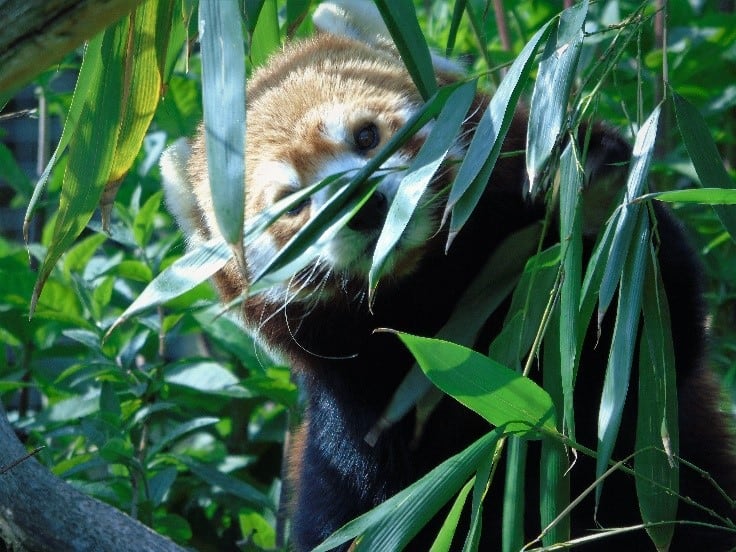International Red Panda Day is celebrated on the third Saturday in September, so time to pencil in the diary, 21st September. The aim of the day is to spread awareness regarding yet another species that is near extinction. Red Panda Network launched the first day 2010 and has been going every year since then. The need to continue honouring these types of days has only increased due to global warming and climate change. Sadly, it is having an effect on us all but it certainly hits species like the red panda the hardest. How to celebrate Red Panda Day? Spread the message about their possible extinction and their importance. Donating to charities that are focused on saving them and share information, posts, and news regarding red pandas on social media, that is the idea behind the day, spreading awareness! So, make sure you share and re post this blog to all your family and friends.
What are we doing in captivity to help red pandas? Studbooks are what help zoos ensure that the animals they house and breed remain of the highest possible genetic calibre. Through working closely with other zoos and organisations, sharing information and adhering to breeding recommendations we can help make a positive impact on the captive population of a number of endangered species. The most common of these programs are the European Endangered Species Programs (EEP), European Studbooks (ESB) and International Studbooks (ISB). In 2020 there were 188 males and 228 females with a total of 416 individual red pandas present in EAZA Zoos.
We are currently home to 2 red pandas; our female, Mai Xlang and our male, Kai. Mai was born in 2013 at Colchester Zoo and is the older of the pair and Kai was born in 2021 at Blackpool Zoo. In the wild, they would usually be expected to live to around 8-10 years old, whereas in captivity with plenty of food and health care, we can expect these animals to live 15 to 18 years. Both quite distinguishable in appearance and personality. Size, Kai is already a lot bigger than Mai. Tails, Mai has a lot longer and different shaped tail to Kai. Face, Kai has a rounder face than Mai, also a lot lighter in colour and not as dark as Mai on his forehead. Usually solitary animals in the wild but due to them both being on the EEP there is a requirement for them being together as genetically they are a good match for each other, aswell as here there is less pressure for territory and food. Mai and Kai certainly tolerate each others company but sometimes he gets abit too much for her, sounds like a happily married couple to me!
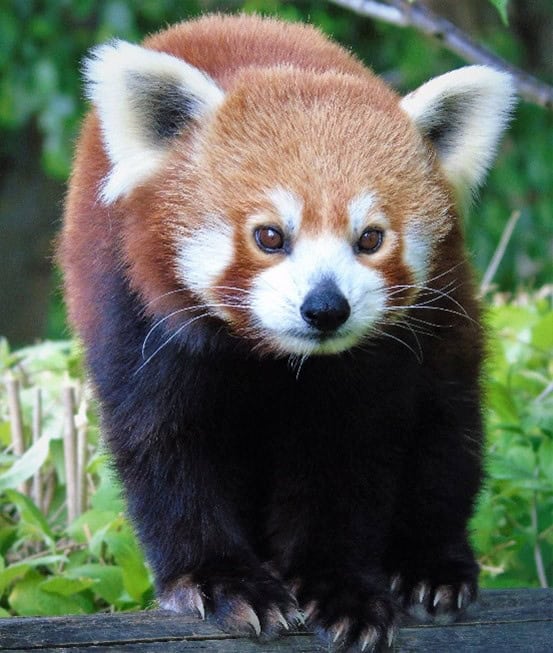
Mai Xlang
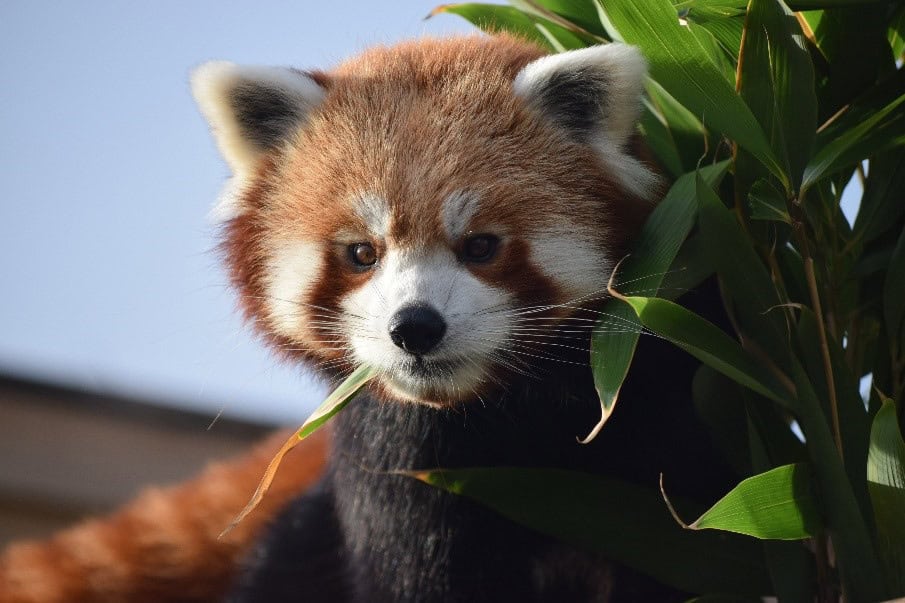
Kai
Red pandas are an umbrella species, efforts to preserve them and improve their surroundings and wellbeing have a positive but indirect effect on other creatures inhabiting the same environment. Conservationists use the species welfare as an indicator for the overall success of ecosystems in the Eastern Himalayan Broadleaf Forest. Other animals that reap conservation benefits from the panda include hundreds of birds species, leopards, yellow throated martens and many of these animals are unique to red panda habitat.
Sadly, they are listed as Endangered on the IUCN Red List because the wild population is estimated at fewer than 10,000 mature individuals. Although red pandas are protected by national laws in their range countries, they still face decline due to habitat loss and fragmentation, poaching and inbreeding depression. They are important to their ecosystem because their activities contribute to healthier forests, these beautiful creatures have just as much right to live on this planet undisturbed as we humans do. Here are some fun facts that you may or not know about the red panda.
Also called firefox, red bear cat and the lesser panda.

The Chinese word for red panda is hun-ho, meaning “fire fox.”
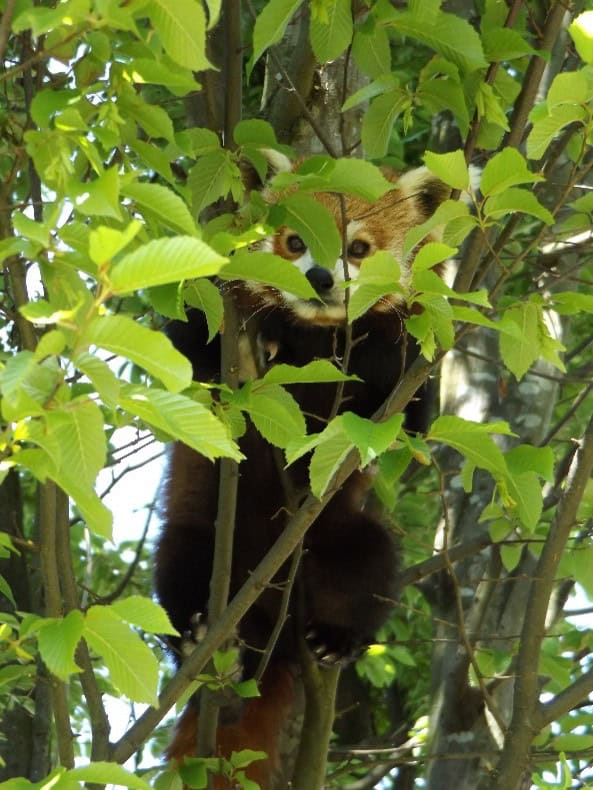
Red pandas will sleep for up to 17 hours a day!
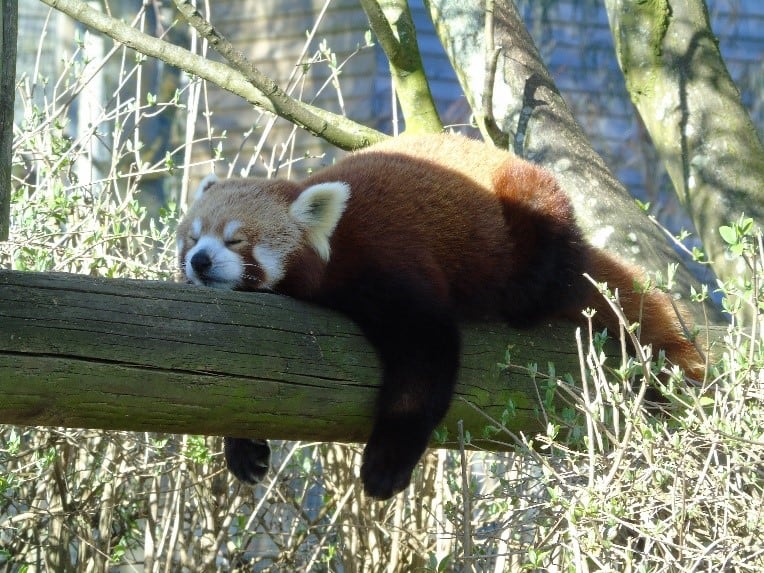
Red pandas can poo the equivalent of their body weight in one week.
